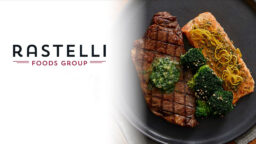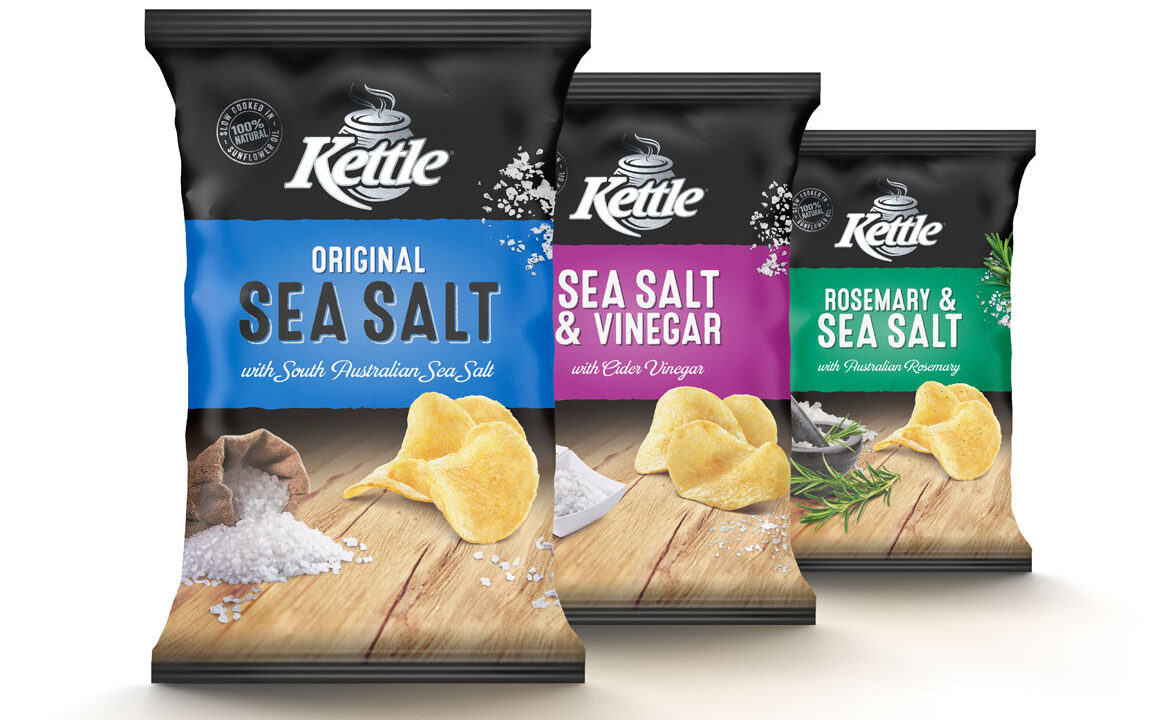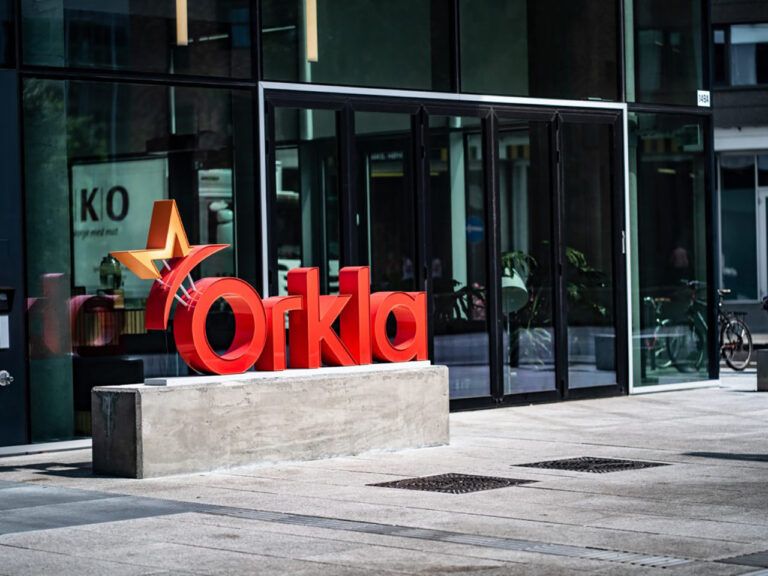Snack foods
At its core, Snack Brands is an Australian, family-run business. With headquarters and two main production sites in Sydney, and the majority of ingredients sourced domestically, this is set to continue despite the company’s recent acquisition by Universal Robina Corp, the Philippine food and beverage giant.
Keeping pace with growth
Since the mid-90s, the company’s growth has been truly impressive. Snack Brands has seen production increase from 15 million packets per year in 1996, to over 200 million today, and with a planned expansion into Asian markets, there’s no sign of any slowdown. This pace has meant that production has come under pressure to perform at its optimum to protect margins while serving a growing customer base and product portfolio.
Back in 2014, Snack Brands was starting to feel the squeeze, as the existing Excel-based planning approach was showing its limitations. Planning was simply too time-consuming and didn’t offer any real decision-making support.
David Colburt, Planning Manager at Snack Brands explains, “When we first started out, we wanted a rough cut capacity planner that would provide us with a medium-term view on production loads and key raw material requirements. We needed a way to balance the factory load and increase our operational efficiency, including a reduction in overtime.”
“We quickly understood that we needed a solution that went beyond the capabilities of a traditional planning tool.”
David Colburt,
Planning Manager
Snack Brands’ business is heavily driven by promotions. New product introductions, frequent updates to flavours and packaging, and regular product deletions are constant features. Short order lead times of circa 48 hours add to the pressure.
David continues, “One of the keys to our production is the synchronisation of the packaging machines with the fryers. These critical resources are shared across multiple product groups, and packaging must be available to draw from the fryers as product becomes available.”
A complex planning environment required a smart solution
It was clear that any solution Snack Brands would consider needed to offer a breadth of capabilities. David tells us, “The demand we have to support is heavily impacted by short SKU lifecycles, seasonality and shut-down periods. Add to that the complexities of our production, and the numerous resource constraints we need to account for. We quickly understood that we needed a solution that went beyond the capabilities of a traditional planning tool.” He continues, “Our ERP application partner suggested Optimity as a potential supplier. Their Supply Chain Optimizer offered the right depth of capabilities, with the benefit of an already available interface to our Microsoft Dynamics AX system. That’s really how it all started.”
An in-depth pilot laid the ground for a swift implementation
David Colburt and his team went to work. The decision was made to run a pilot on one of the key production resources. “We ran a pilot model for one of the fryers. It took us quite a bit of time to understand how to drive the system in order to get the outputs we needed. But this was always going to be time well spent. We knew we had to really understand how each individual manufacturing operation worked and interrelated in order to define this in our ERP system and to subsequently drive Optimity. This was perhaps the hardest part of the project. However, once we’d done it, it opened up unlimited possibilities for us to develop planning scenarios and look at our production from completely new angles.”
On the back of the pilot project, the solution was rolled out to the rest of the production. From the start of the pilot to the go-live, the whole process took one year.
A new level of decision support
Today, Optimity provides up-to-date, optimised production plans every week, covering two factories and twelve separate resource operations. Snack Brands uses Optimity to sequence like products, and products that use the same equipment. The software also optimises production around shutdowns and planned maintenance to ensure the right amount of stock is built to service customers while these essential works take place.
David says, “The tool is very intuitive to work with. This was one of the things we really liked about it. And the speed at which optimised plans and scenarios can be generated is invaluable. It’s a real decision-support tool. It is so fundamentally different from our old Excel approach.”
Any initial concerns regarding the interaction with existing systems have also been removed. All master data is drawn directly from MS Dynamics, so the information is always up-to-date. This includes material activation dates, a critical piece of information for a company that so frequently updates its packaging.
“The tool is very intuitive to work with and the speed at which optimised plans and scenarios can be generated is invaluable. It’s a real decision support tool. It is so fundamentally different from our old Excel approach.”
David Colburt,
Planning Manager
Hard work delivers handsome rewards
The introduction of Optimity Supply Chain Optimizer has given Snack Brands an ideal tool to support the continuing growth of its business. Plan generation times have been cut in half and alternative scenarios can now be generated to support various business decisions.
Optimity’s ability to optimise based on total cost to the business has also helped the company strike a better balance between supply and demand. As a result, the number of SKUs that are run each week has gone down significantly. David explains, “We’ve been able to reduce the number of SKU’s we run each week for the Kettle brand from around 40, down to about 15. This is a huge saving, as we require far fewer changeovers than before”, says David. “Optimity makes sure we run all products in a group at the same time to ensure maximum efficiency“.
Advice and recommendations
When asked to share some of his experiences and recommendations, David emphasises the need to understand and be able to define each of the operations that you intend for Optimity to optimise. He clarifies, “There are no shortcuts when it comes to the data. You need a very thorough understanding of your own capability and how to represent that in the system. Don’t expect the output to be 100% valid out-of-the-box. There will be a need for someone to review the outputs to validate the solutions. If one parameter is out on a product, it can cause issues, so be careful.” Colburt continues, “But don’t let that put you off. The benefits of the Supply Chain Optimizer are immense, and as you start working with the solution, you will continuously refine any settings and the model will become more and more accurate.”
With Optimity Snackbrands has seen…
- 62% reduction in SKUs run each week
- 50% reduction in plan generation times
Future plans
Snack Brands is currently focusing on strengthening system user capabilities across the business. User training is a central part of this.
Looking further forward, David and his team have started to explore the option of using the Optimity Demand Planner module. There have also been discussions about factory sequencing, a natural progression from the existing master production and rough-cut capacity plans.
Get all the latest industry trends, updates & news from Optimity
About Snackbrands
Sydney, Australia
> 500















